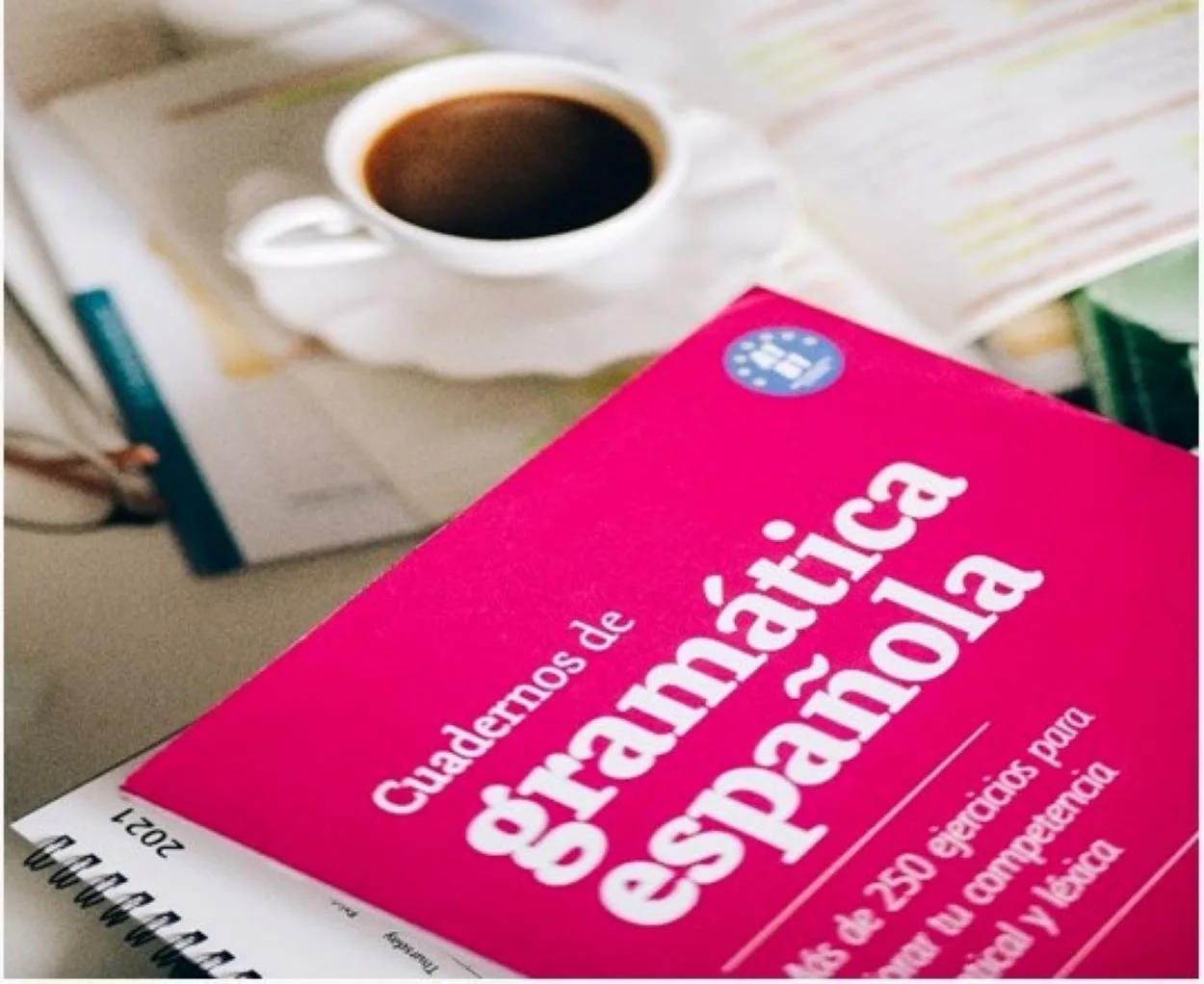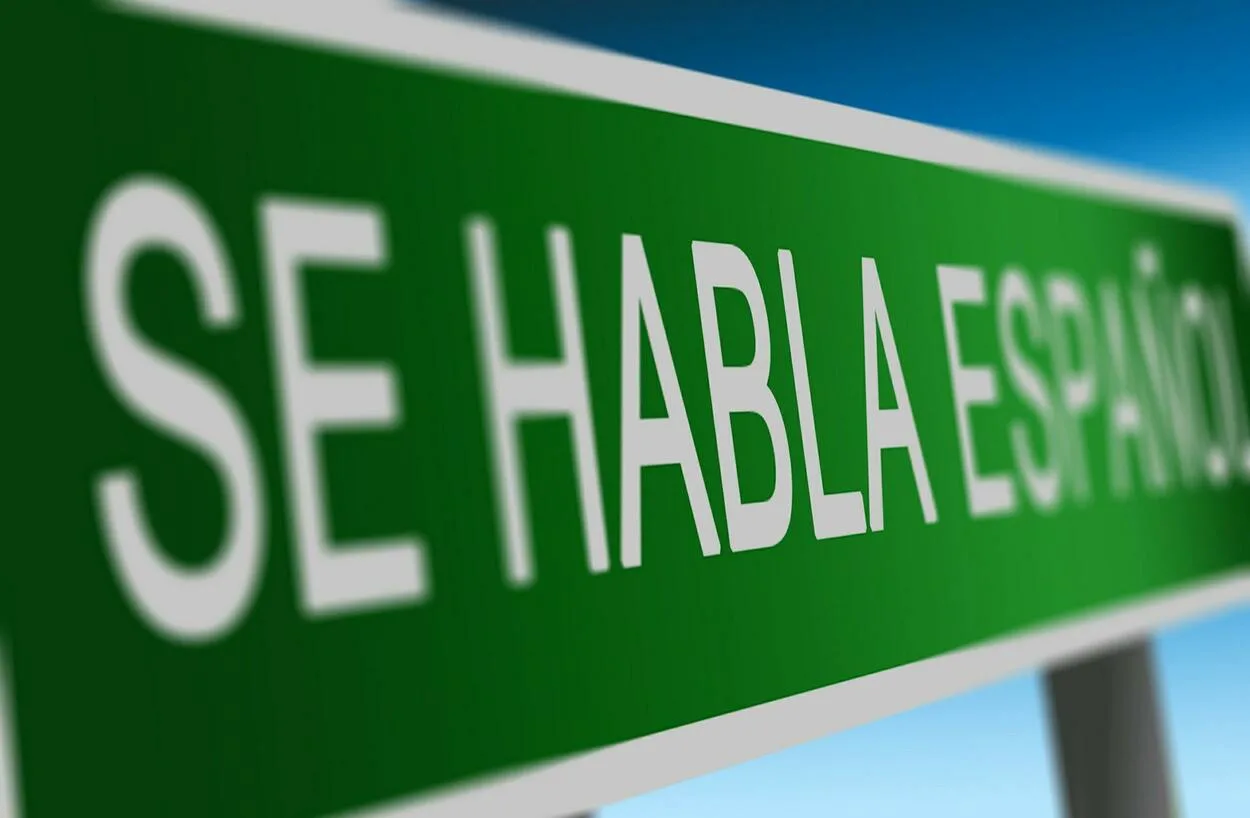Spanish is a widely spoken language, with over 500 million speakers worldwide. One of the challenges of learning Spanish is mastering its grammar and vocabulary, including the use of gender in the language.
In Spanish, adjectives must agree in gender and number with the noun they modify. This means that adjectives must change to match the gender and number of the noun. One common example of this is the difference between the words “Buenas” and “Buenos”.
“Buenas” and “Buenos” both mean “good” in Spanish. However, the gender of the noun being modified determines whether “Buenas” or “Buenos” should be used. If the noun is feminine, “buenas” should be used, and if the noun is masculine, “Buenos” should be used.
In this article, we will explore the differences between “buenas” and “Buenos” in Spanish, including their basic definitions, use with different nouns, and regional variations use since understanding the correct use of “buenas” and “Buenos” is important for effective communication in Spanish.

Primary Difference Between “Buenas” And “Buenos”
In Spanish, nouns and adjectives are assigned a gender, either masculine or feminine, and this affects the way they are used in sentences.
The basic difference between “Buenas” and “Buenos” in Spanish is that “Buenas” is the feminine form of the adjective “Bueno”, while “Buenos” is the masculine form.
“Buenos” and “Buenas” both mean “good” in Spanish. However, the gender of the noun being modified determines whether “Buenas” or “Buenos” should be used.
If the noun is feminine, “Buenas” should be used, and if the noun is masculine, “Buenos” should be used. For example:
- “Buenas tardes” (Good afternoon) – The noun “tardes” is feminine, so the feminine form “Buenas” is used.
- “Buenos días” (Good morning) – The noun “días” is masculine, so the masculine form “Buenos” is used.
It’s important to note that in Spanish, even if a group of nouns contains just one masculine noun, the adjective that modifies the group should be masculine.
For example, if you want to say “good students” in Spanish, you should say “Buenos estudiantes”, even if the group of students contains both males and females.
| Aspect | “Buenas” | “Buenos” |
|---|---|---|
| Gender agreement | Feminine | Masculine |
| Number agreement | Singular | Singular or plural |
| Noun examples | Buenas tardes (good afternoon) | Buenos días (good morning) |
| Plural noun examples | Buenas noches (good night) | Buenos amigos (good friends) |
| Time of day | Afternoon or evening | Morning |
| Regional variations | Common in some regions and countries | Common in other regions and countries |
Furthermore, the use of “buenas” and “Buenos” in Spanish can vary depending on the context, formality, and personal preference of the speaker or writer.
Use Of “Buenas” And “Buenos” With Different Nouns
In Spanish, using “Buenas” and “Buenos” with different nouns depends on the gender and number of the noun being modified. Here are some examples:
Singular feminine nouns – When modifying a singular feminine noun, use “buenas”. For example:
- “Buenas noticias” (Good news) – The noun “noticias” is feminine and singular, so the feminine form “buenas” is used.
Singular masculine nouns – When modifying a singular masculine noun, use “Buenos”. For example:
- “Buenos amigos” (Good friends) – The noun “amigos” is masculine and singular, so the masculine form “Buenos” is used.
Plural feminine nouns – When modifying a plural feminine noun, use “buenas”. For example:
- “Buenas amigas” (Good female friends) – The noun “amigas” is feminine and plural, so the feminine form “buenas” is used.
Plural masculine nouns – When modifying a plural masculine noun, use “Buenos”. For example:
- “Buenos amigos” (Good male friends) – The noun “amigos” is masculine and plural, so the masculine form “Buenos” is used.
It’s worth noting that when modifying a group of nouns that contains both masculine and feminine nouns, the masculine form “Buenos” is used. For example:
- “Bueno’s padres e hijos” (Good parents and children) – The group contains both masculine and feminine nouns, but the masculine form “Buenos” is used to modify the group as a whole.

Regional Differences In The Use Of “Buenas” And “Buenos”
While the basic rules for using “Buenas” and “Buenos” are the same throughout the Spanish-speaking community, there are some regional differences in their use.
In some countries, such as Mexico and some parts of Central America, it’s common to use “buenas” as a greeting, regardless of the time of day.
So instead of saying “Buenos días” in the morning, people might say “buenas” to greet someone. This usage is more informal and is often used among friends or acquaintances.
In other countries, such as Argentina and some parts of South America, it’s more common to use “Buen día” as a greeting, which can be translated as “good day” in English.
This is used regardless of the time of day and is considered more formal than “Buenas”.
In Spain, “Buenas” is also used as a greeting, but only in the plural form “Buenas tardes” or “Buenas noches” in the afternoon and evening, respectively.
In the morning, “Buenos días” is the standard greeting.
Overall, while the basic rules for using “Buenas” and “Buenos” are the same, their usage as greetings can vary by region and context.
It’s important to be aware of these regional differences when communicating with Spanish speakers from different parts of the world.

FAQs (Frequently Asked Questions)
How do I know whether to use “buenas” or “Buenos” with a particular noun?
To know whether to use “buenas” or “Buenos”, you need to identify the gender and number of the noun being modified.
If the noun is feminine and singular, use “buenas”; if it’s masculine and singular, use “Buenos”; if it’s feminine and plural, use “buenas”; and if it’s masculine and plural, use “Buenos”.
Are there any regional differences in the use of “Buenas” and “Buenos”?
Yes, there are some regional differences in the use of “Buenas” and “Buenos” as greetings.
In some countries, “Buenas” is used more informally as a greeting regardless of the time of day, while in other countries, more formal alternatives are used.
It’s important to be aware of these regional differences when communicating with Spanish speakers from different parts of the world.
Can I use “Buenas” or “Buenos” to greet someone?
Yes, in some regions, “Buenas” or “Buenos” can be used as a greeting depending on the time of day and the formality of the situation.
However, the standard greeting in the morning is “Buenos días”, and for the afternoon and evening, “Buenas tardes” and “Buenas noches” are used, respectively.
Why is it Buenos diaz but Buenas noches?
Since the adjective modifying the noun has to correspond with its gender and number, ‘Buenos’ goes with ‘diaz’ as it is a masculine plural noun. ‘Noches’ is a feminine plural noun, hence goes well with buenas.
Conclusion
In conclusion, “Buenas” and “Buenos” are both Spanish adjectives that mean “good” in English, but their usage depends on the gender and number of the noun being modified.
“Buenas” is the feminine form, and “Buenos” is the masculine form. It’s important to use the correct form when modifying a noun in Spanish to ensure grammatical correctness.
There are also some regional differences in the use of “Buenas” and “Buenos” as greetings, with some countries using them more informally and others using more formal alternatives.
Being aware of these regional differences can help you communicate more effectively with Spanish speakers from different parts of the world.

